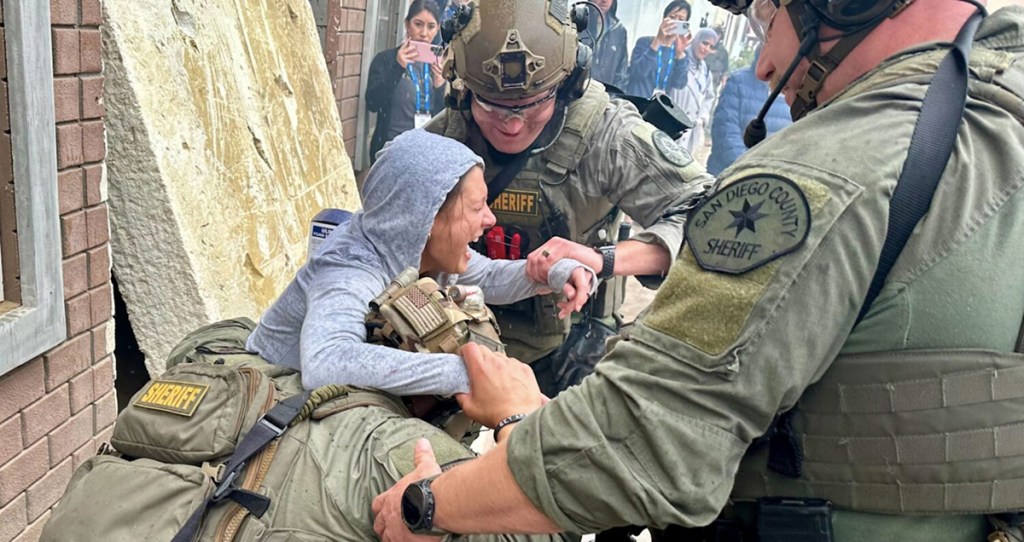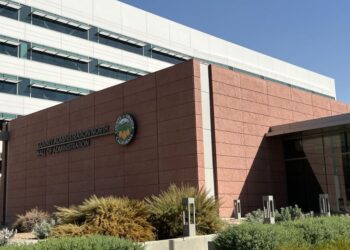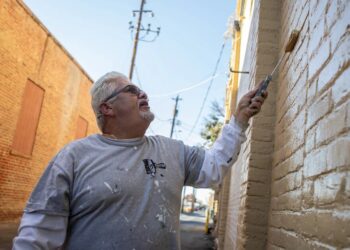SAN DIEGO — The pop-pop-pop of gunfire cracked just as the rain started to fall in grisly synchronicity. Then the screams began.
Within moments, civilians lay strewn across the ground, some lifeless, others writhing in pain. Blood flowed in streams that pooled with the rainwater on the muddying ground littered with shell casings.
Three gunmen quickly opened fire on a San Diego County Sheriff’s Department armored BearCat truck arriving in response. It crawled along an alleyway. Half a dozen SWAT members pointed rifles into open doorways or fired back from behind corners.
One assailant, wearing black gloves and a graying black beard, stood on a third-floor apartment balcony and, as deputies came closer, threw a Molotov cocktail at two white cars parked below. The explosion sent a blast of heat and sound, its boom punctuated by the gunman’s AK-47.
“Help me!” bellowed a man rolling on the ground, blood shooting from his severed leg. Another man groaned next to him, hidden by smoke billowing around the cars.
It seemed like something out of an action movie. And, in a way, it was.
The rounds were blanks, the Molotov cocktail wasn’t lit, the smoke came from a machine. The explosion was controlled, the victims and gunmen were actors, and the blood was fake. However, the deputies, firefighters and doctors from across the region were real.
They were in the middle of a simulation on a Saturday afternoon in mid-January in a commercial lot on the north end of San Diego, conducted by Strategic Operations, a local company run by former Hollywood producers and military combat veterans.
First responders and law enforcement agents have for decades used simulations to train for mass casualty events such as shootings or natural disasters, especially after the Columbine school shooting in 1999. But in recent years, as mass shootings have become increasingly common in the United States, the simulations have become more and…
Read the full article here







